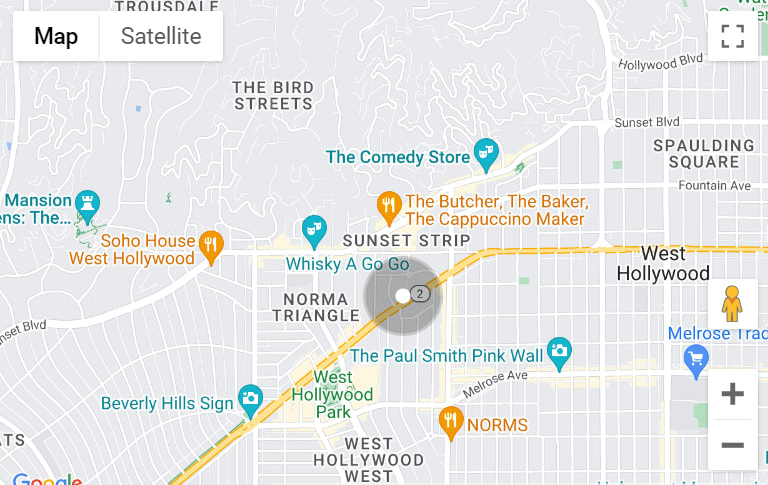It is essential that you participate in the home inspection.
Try to find an inspector who is a member of the ASHI (American Society of Home Inspectors). These inspectors are considered highly qualified and reliable.
Some of the environmental issues you want to question include: lead paint notification, radon, UFFI and certification of the septic system.
• Lead Paint: Homes built before 1978 are likely to have lead based paint in them, which leads to a risk of lead poisoning.
• Radon: This is a colorless, odorless, tasteless radioactive gas that comes from the natural breakdown of uranium in rock deposits. High levels or radon can increase the risk of lung cancer.
• UFFI: This is a type of insulation that was sprayed in the 70’s and emits a toxic gas due to which the state banned UFFI in 1979.
Here are some of the components you may want to begin with: Heating System, Electrical Service, Water Heater, Septic System, Fireplaces, Foundation, Roof, Deck, AC, Pool & Jacuzzi, Garden etc.
Here are some of the things you want to look out for:
1. Mold stains and odors, particularly since the black mold is toxic. This is a bad one to have on your inspection report. Drive to the source of the problem and treat the area to get rid of any mold. Air the home to ensure that it does not recur.
2. Lighting: Test fixtures both interior and exterior and check the electrical systems.
3. Heating system: Test the thermostats to make sure the heating system is working. Don’t forget to purchase CARBON MONOXIDE detectors to provide alerts. Check for fire hazards and test the smoke detectors to make sure they are working.
4. Basements and crawlspaces should be inspected in daylight. Any exposed earth or moisture in basements should be covered and leaks need to be plugged.
5. Make sure the septic system is checked. This can cause the most frustration and unpleasantness in case of a breakdown. Some inspectors flush a color dye into the toilet and then see if the dye appears on the drain field. If it does, it signals a problem.
6. Check the gutters and clear channels to ensure uninterrupted flow. Downspouts should allow the water to be directed away from the house.
7. Get a termite inspection done by a licensed structural pest control operator.
8. If there is a well on the premises, ensure a full potability and mineralization test.
9. Other areas to pay close attention to:
Air-conditioning, Appliances, Attics
Basements, Bathrooms, Blinds, Shades & Drapes, Brickwork
Carpet Spots, Ceilings, Closets
Decks & Patios, Dehumidifiers, Dishwashers
Electrical, Exterior walls, Energy Efficient devices
Fences, Fireplaces, Floor scratches
Garages, Gutters and Downspouts
Heat Pumps, HumidifiersInsulation, Interior walls, Insects
Laundry Rooms, Lawn & Garden, Lawn Sprinklers, Lighting
Mirrors
Odors
Plumbing, Pools, Ponds
Stairs & Steps, Skylights, Stains, Security, Septic system
Tiles, Termites
Woodwork, Wood Rot, Water Heaters, Wallpapering
